Bats have a weirdly bad reputation and for some reason, they freak people out. But these flying mammals are remarkable, and there are so many different species. From tiny bumblebee-sized bats to those with wingspans wider than an adult human is tall, the world of bats is full of surprises. They’ve adapted to live in nearly every habitat on Earth, from scorching deserts to lush rainforests.
Giant Golden-Crowned Flying Fox
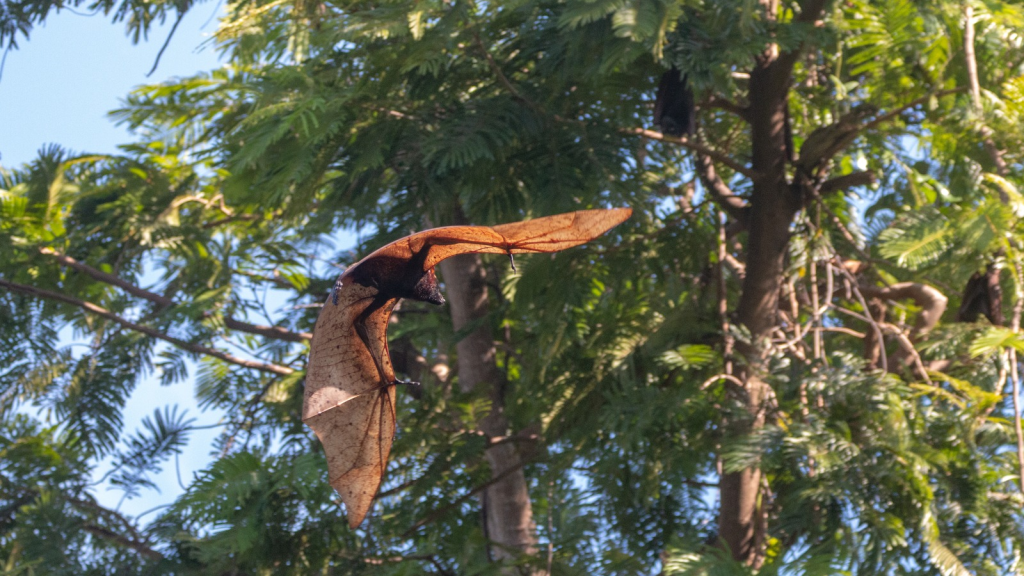
The giant golden-crowned flying fox is one of the largest bats in the world. Its wingspan can reach up to 1.7 meters, making it wider than most humans are tall. Native to the Philippines, these bats feed primarily on fruits and play a crucial role in seed dispersal. Despite their imposing size, they’re gentle creatures that don’t use echolocation like most other bats. These bats face significant threats from hunting and habitat loss, with their population declining by over 50% in recent decades.
Honduran White Bat
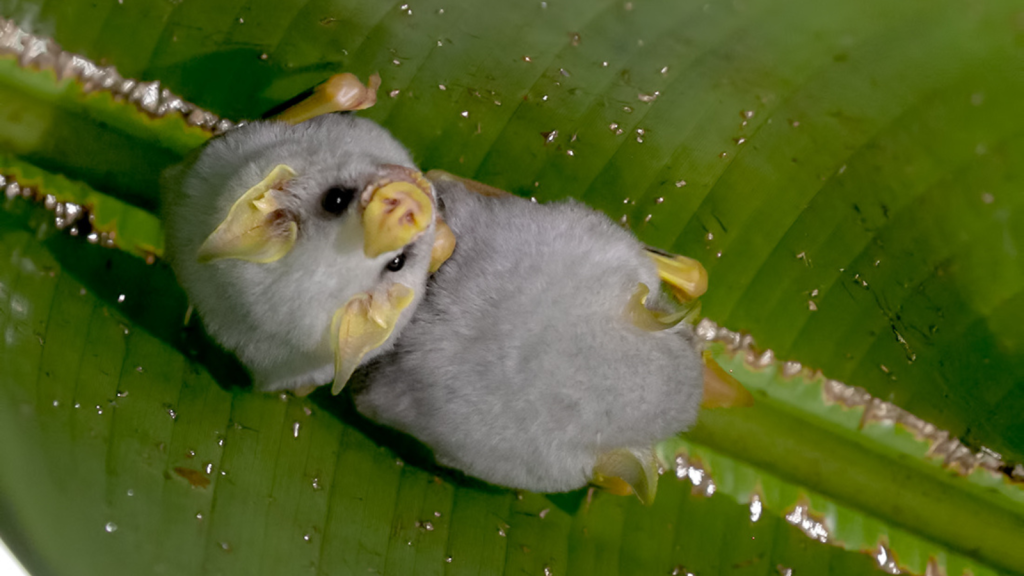
The Honduran white bat looks like a tiny cotton ball with wings. These adorable bats are snow-white with bright orange noses and ears. They create ‘tents’ by cutting the veins of heliconia leaves, causing them to fold into a cozy shelter. At only 3.7-4.7 cm long, they’re one of the smallest bats in the world. Their white fur reflects green light, helping them blend in with their leafy surroundings and avoid predators.
Spotted Bat
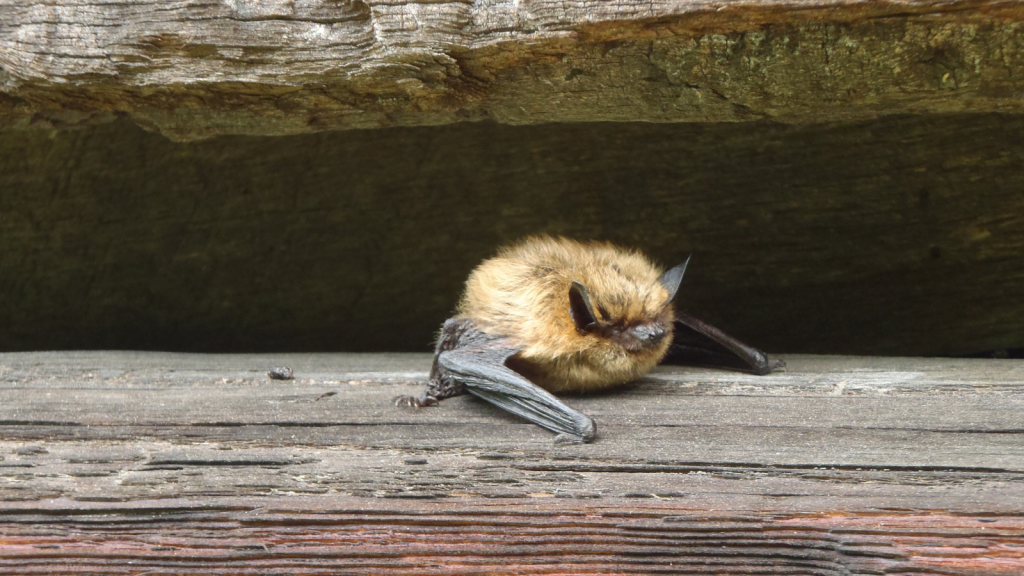
The spotted bat stands out with its enormous pink ears and distinctive white spots on a jet-black body. These bats emit the lowest frequency echolocation calls of any bat species, which can sometimes be heard by humans. They’re found in western North America and are known for their high-altitude flight, sometimes soaring over 3,000 meters above the ground. Spotted bats are one of the few bat species that can be visually identified in flight due to their unique coloration.
Kitti’s Hog-Nosed Bat
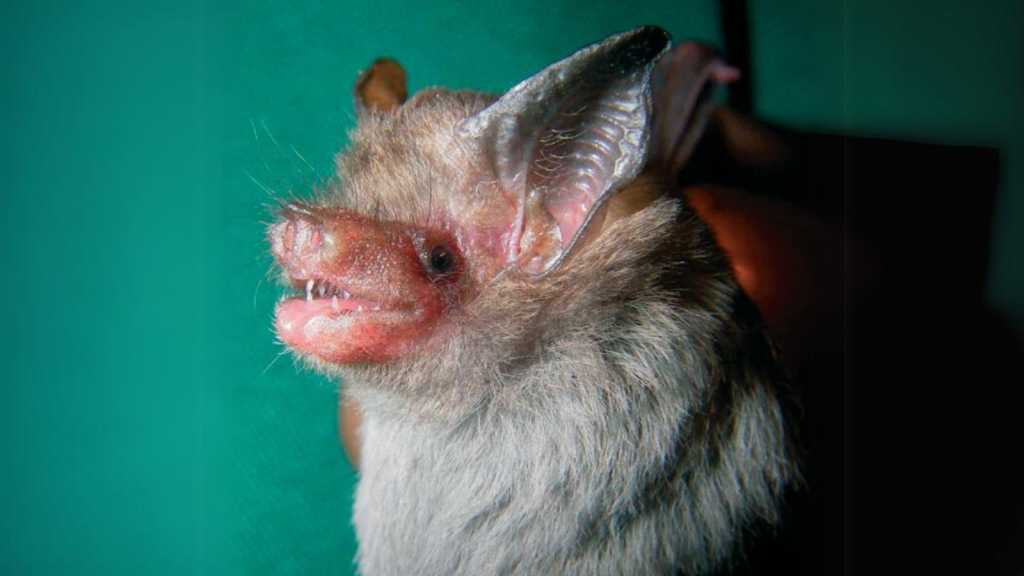
Also known as the bumblebee bat, Kitti’s hog-nosed bat is the smallest mammal in the world. It weighs less than a penny and is only about 3 cm long. These tiny bats live in limestone caves in Thailand and Myanmar. Their pig-like noses give them their common name. Despite their small size, they can fly at speeds up to 1.2 meters per second and use echolocation to navigate and catch tiny insects.
Ghost Bat
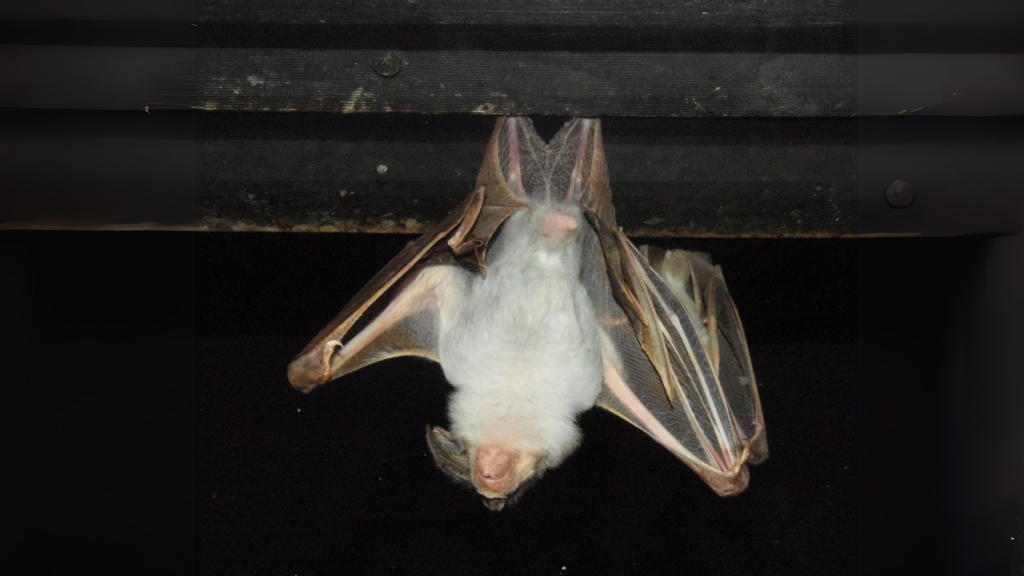
The ghost bat, found in Australia, is known for its pale coloration and translucent wings. It’s one of the few carnivorous bats, hunting small mammals, birds, and even other bats. Ghost bats use their large ears to locate prey and can carry animals up to their own body weight back to their roosts. They have excellent eyesight and can see in color, which is unusual among bats.
Hammer-Headed Bat

Male hammer-headed bats have a distinctive, elongated face that resembles a hammer. These large fruit bats are found in Africa and are known for their loud vocalizations. During mating season, males gather in ‘lek’ trees where they produce honking sounds to attract females. The males’ unique head shape acts as a resonating chamber, amplifying their calls to impressive volumes.
Spectral Bat
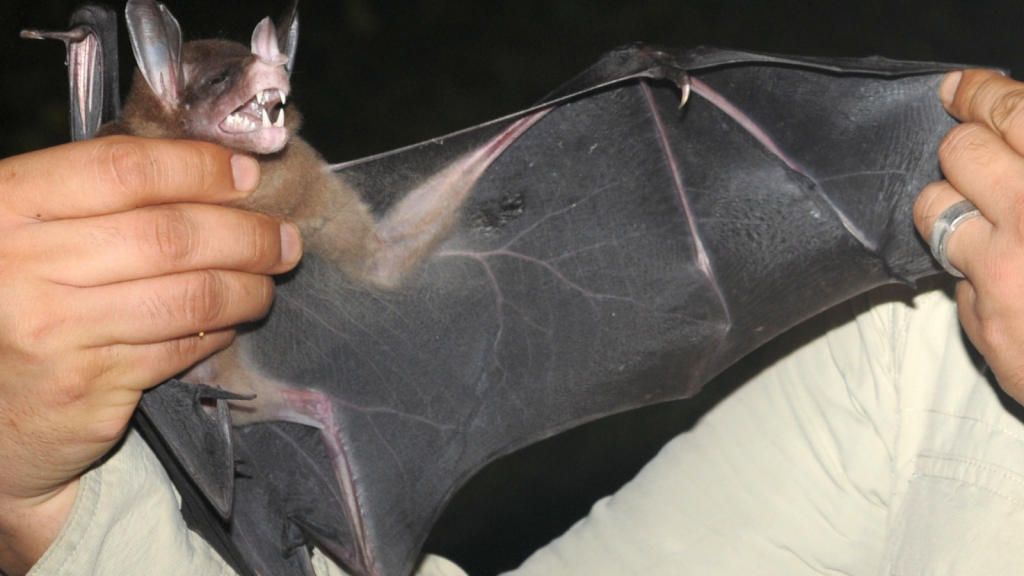
The spectral bat is the largest carnivorous bat in the Americas. It preys on other bats, small birds, and rodents. These bats have a wingspan of up to 1 meter and are known for their powerful bite. They use low-frequency echolocation calls to detect prey in dense forest environments. Spectral bats have been recorded exerting bite forces strong enough to crack open the skulls of their prey.
Painted Bat
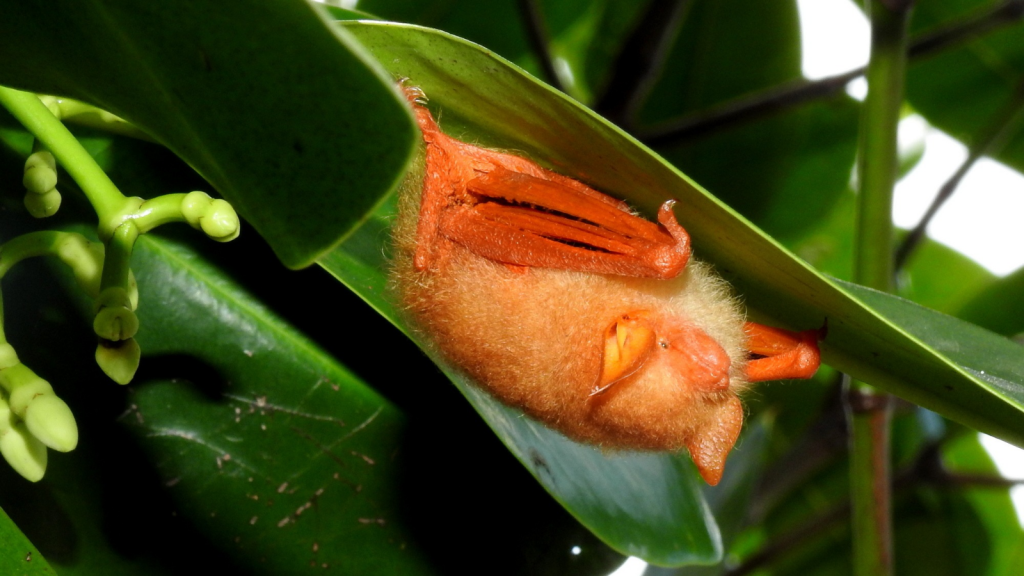
The painted bat looks like it’s dressed for Halloween with its bright orange fur and black wings. These small bats roost in curled-up leaves and are found in parts of South and Southeast Asia. Their vibrant coloration is thought to help camouflage them among tropical fruits. Painted bats are also known for their agile flight, capable of maneuvering through dense vegetation to catch insects.
Thumbless Bat
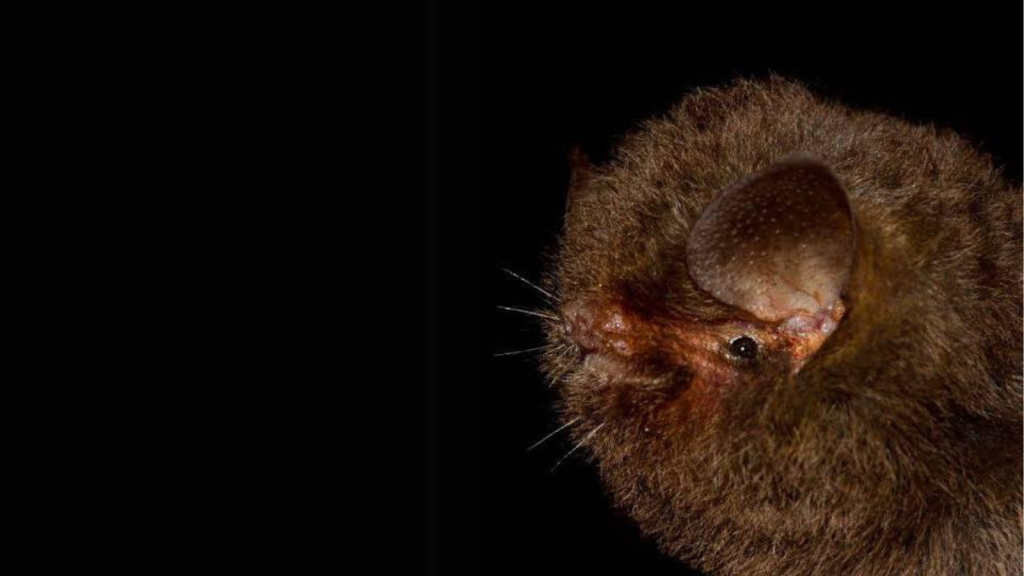
As its name suggests, the thumbless bat lacks a thumb on its wings. This unique adaptation allows it to fold its wings extremely tightly, helping it squeeze into narrow crevices in caves. Found in Central and South America, these bats feed primarily on insects. Their ability to enter tight spaces also helps them avoid larger predators that can’t follow them into their roosts.
Naked Bat
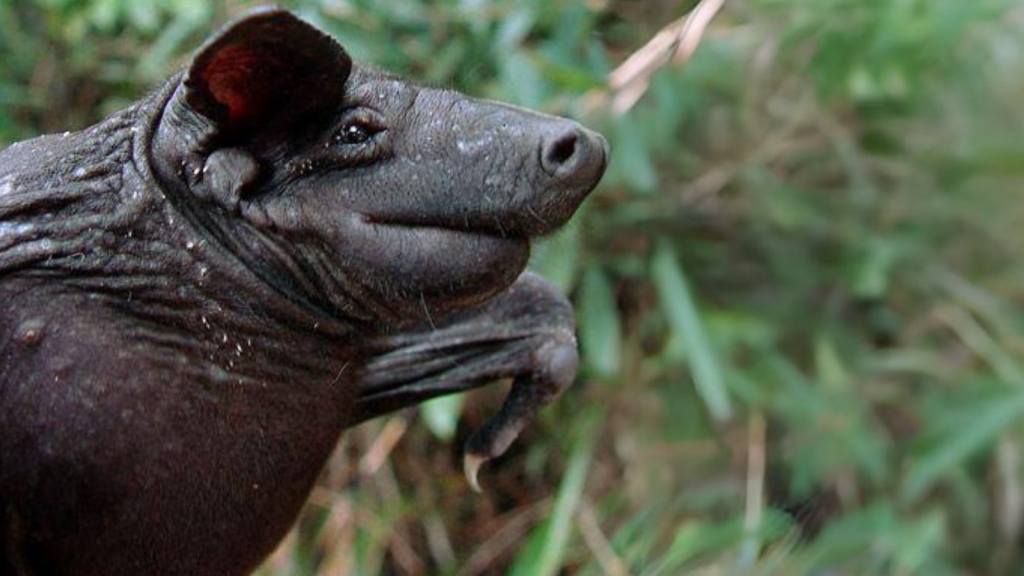
The naked bat has nearly hairless skin, giving it a wrinkled, pinkish appearance. It’s found in Southeast Asia and is one of the few bat species that echolocates through its nostrils rather than its mouth. These bats are excellent flyers and can reach speeds of up to 50 km/h. Their lack of fur is believed to be an adaptation to the hot, humid climates where they live, helping them regulate body temperature more efficiently.
Sucker-Footed Bat

The sucker-footed bat, native to Madagascar, has unique adhesive discs on its wrists and ankles. These allow it to cling to smooth surfaces like leaves. Unlike most bats that hang upside down, sucker-footed bats roost right-side up. They’re one of the few Old World bats that don’t use echolocation. Recent research has shown that their suction cups work through wet adhesion rather than suction, similar to how tree frogs stick to surfaces.
Banana Bat
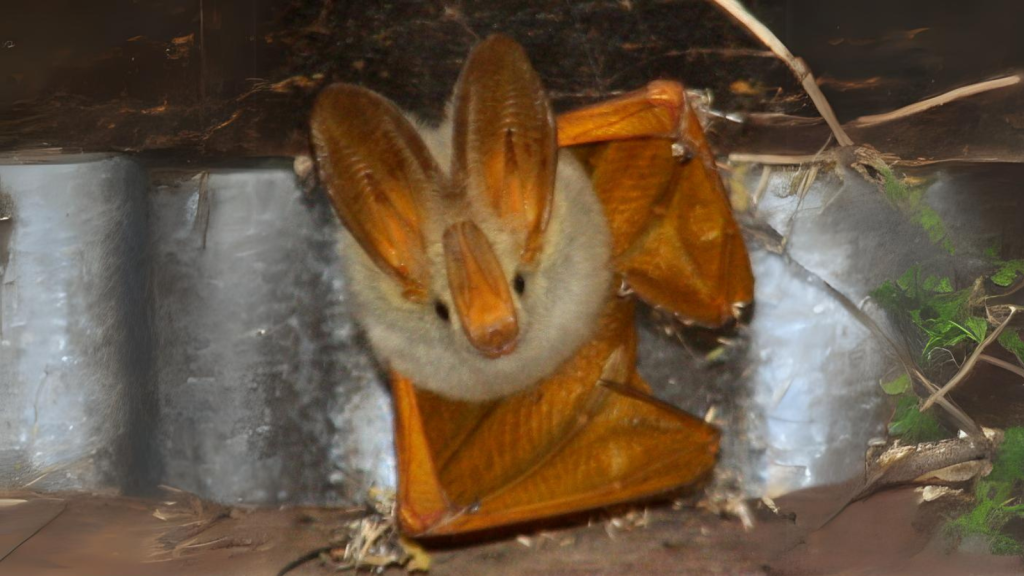
The banana bat, or yellow-winged bat, is named for its bright yellow wings that resemble banana peels. Found in Central and South America, these fruit-eating bats play a crucial role in seed dispersal. They have a distinctive dog-like face and are relatively large for fruit bats. Banana bats can carry fruits weighing up to 3/4 of their body weight, helping to spread seeds over long distances.
California Leaf-Nosed Bat
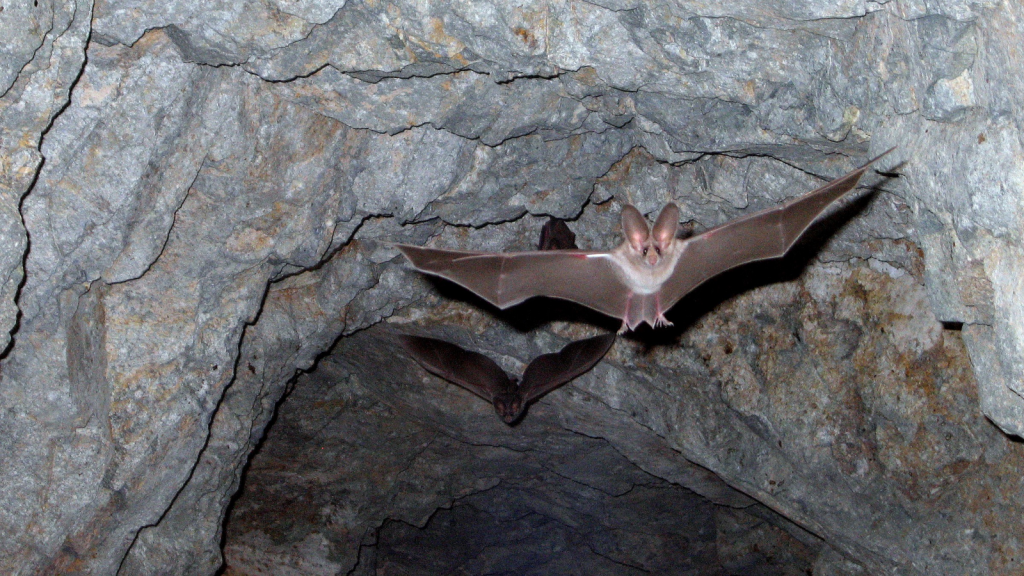
The California leaf-nosed bat has a complex noseleaf that enhances its echolocation abilities. These bats don’t hibernate and are active year-round in the hot deserts of the southwestern United States and Mexico. They’re known for their low-flying hunting style, often snatching insects off the ground or vegetation. Their large ears not only help with echolocation but also aid in thermoregulation in their hot desert habitat.
Proboscis Bat
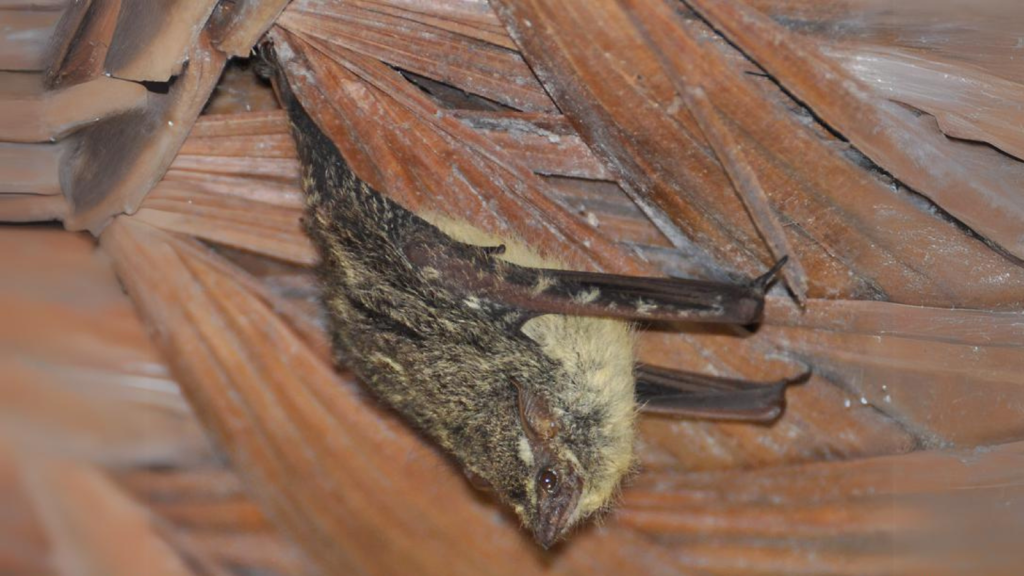
The proboscis bat has an elongated nose that gives it a comical appearance. These tiny bats roost on tree trunks, aligning themselves vertically in small groups. Found in Central and South America, they’re masters of camouflage, blending perfectly with tree bark. Their unusual nose shape is thought to enhance their echolocation abilities, allowing them to emit more focused sound beams.
Pallid Bat
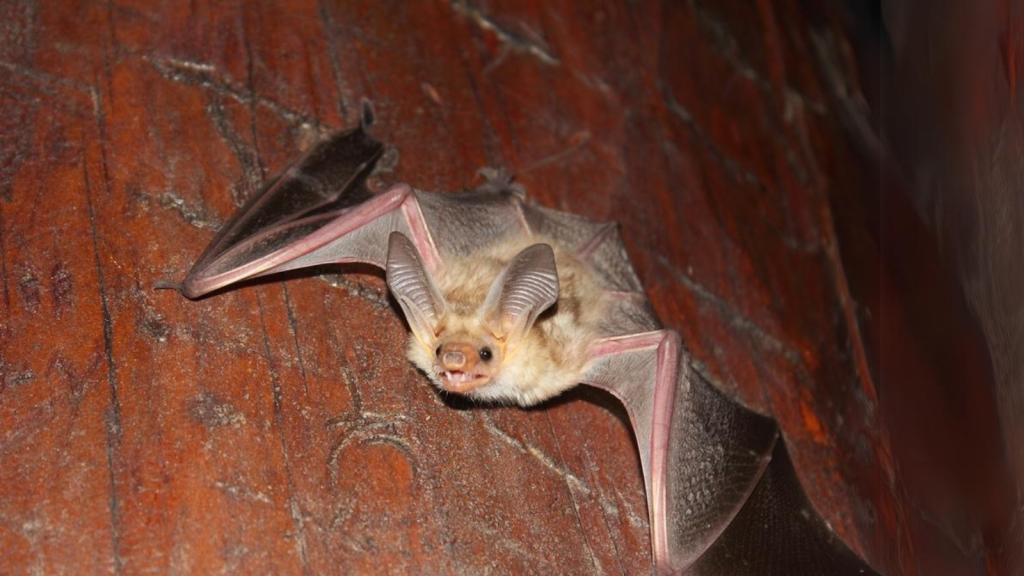
The pallid bat is known for its immunity to scorpion venom. Found in arid regions of North America, these bats often hunt on the ground, feeding on scorpions, centipedes, and other large arthropods. They have unusually large ears that help them detect prey movements on the ground. Pallid bats are also known for their social behavior, forming colonies of up to several hundred individuals and engaging in complex vocalizations.



